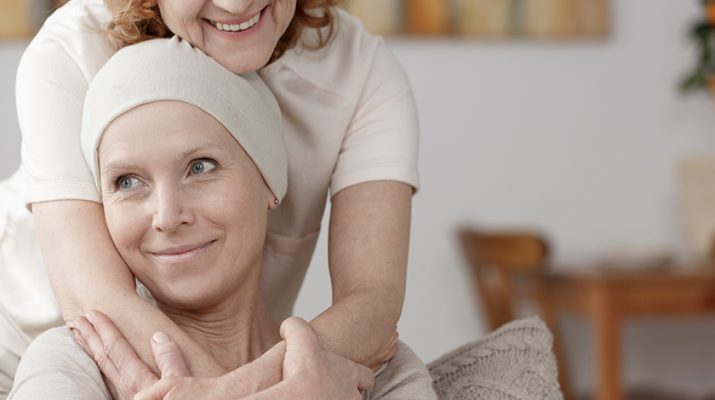Despite dramatic drop in mortality, cancer rates are on the rise for certain groups of people
By Deborah Jeanne Sergeant
The rate of cancer mortality has decreased by about 25 percent for many types of cancer over the past two decades, according to the American Cancer Society.
Today, fewer die from lung, breast, prostate and colorectal cancer.
ACS and local experts agree that the decrease in cancer deaths relates to advances in several areas.
Some of the decrease in cancer incidence has to do with guidelines for cancer screening. If more or fewer receive screening, that affects the statistics.
Physician Jonathan Friedberg, director of Wilmot Cancer Institute and a lymphoma specialist, attributes lung cancer rates plummeting to a decrease in smoking. He added that tobacco use also contributes to “many, many cancers,” including bladder cancer and head and neck cancers.
Occupational exposure harmful to lungs, such as applying pesticides on farms, handling asbestos in construction and welding has also decreased, thanks to more safety standards and material regulations.
Friedberg points to improved screening as a big factor for detecting cancer earlier and more curable, such as mammograms, in some cases, pre-cancerous lesions, such as colon cancer and cervical cancer screenings.
From 1989 to 2015, breast cancer deaths decreased 39 percent; colorectal cancer went down 52 percent between 1970 and 2015.
Friedberg predicts that HPV vaccine should eventually eliminate cervical cancer “for a whole generation” once providers reach complete compliance among patients.
Though care providers have made great progress in preventing and treating cancer, some areas still need improvement. Friedberg said that an estimated 15 percent of cancers are related to obesity.
“Obesity is a risk for developing cancer, and once you have cancer, treatment is more complicated for those who are obese,” he said.
Physician Rachel David, an hematologist and oncologist with Rochester Regional Health, echoed that thought.
“These obesity-related cancers are actually increasing in some age groups,” she said.
She noted the American Cancer Society suggests that obesity-related cancers such as colorectal, pancreas, uterine, kidney and gallbladder are increasing in people aged 25 to 49, and that the youngest adults, age 25 to 29, are seeing the biggest rise in obesity-related cancers.
“We don’t know why obesity is associated with cancer, and there could be many factors at play that contribute to the increase in cancer risk, including a poor diet and sedentary lifestyle,” David said.
Physician Leslie Kohman, board chairwoman of the American Cancer Society for Upstate New York, said that the cancer death rate is increasing for liver cancer, endometrial cancer, brain cancer and head/neck cancers. She is also professor of surgery and director of outreach at Upstate Cancer Center, affiliated with SUNY Upstate University in Syracuse.
“The death rate in the poorest New York counties is far greater than in the wealthiest,” Kohman said. “Everyone should have health insurance but they don’t. Not everyone has equal access to transportation. Poverty is a barrier to medical treatment and screening.”
To address these issues, her organization takes an approach of bringing greater availability to health care, including mobile mammography vans, community outreach, and community education.
“Almost half the cancers can be prevented by what we know now,” Kohman said.
To sum it up, she said that avoiding tobacco, sun exposure and obesity, and minimizing alcohol and red meat, especially cured and processed meat, can greatly reduce cancer incidences. Mothers should breastfeed as long as possible to protect both mom and baby. Discuss screenings with a healthcare provider.
Each New York county is part of the Cancer Services Partnership, which covers screening for colorectal, cervical, and breast cancer for those who are uninsured.
“Everyone can reduce their own risk of developing cancer,” Kohman said. “The good news is if you develop cancer now, your chance is much better than 25 years ago.”

